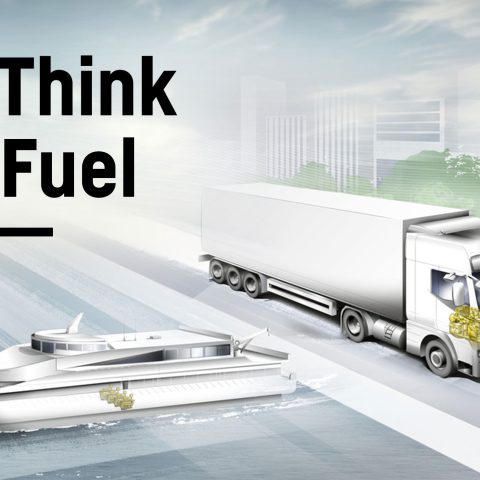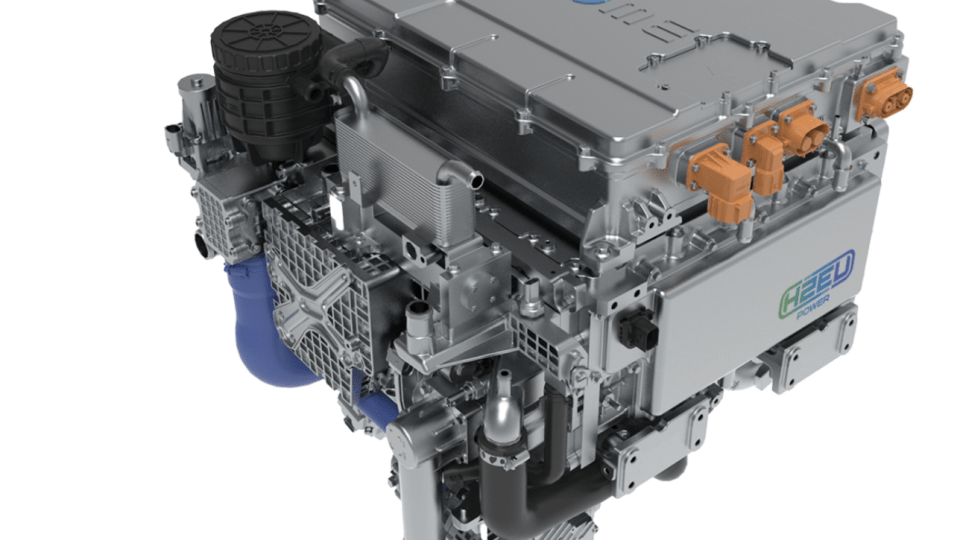Liebherr takes part in project on synthetic fuels
Liebherr joines the project “Closed Carbon Cycle Mobility - Climate Neutral Fuels for the Traffic of the Future” (C³-Mobility)

Liebherr takes part in the project on synthetic fuels called “Closed Carbon Cycle Mobility – Climate Neutral Fuels for the Traffic of the Future” (C³-Mobility), which has been pursuing new paths towards a CO2-neutral future in mobility. Liebherr-Components is one of the 33 research partners in this cross-sector consortium covering power generation, process engineering, automotive and commercial vehicle engine manufacturing, as well as research and development.
C³-Mobility focuses on the use of fuels from renewable sources based on methanol and their further processing into other petrol and diesel fuels. Thereby, Liebherr has contributed its core competence in the field of fuel injection equipment and tested synthetic fuels in heavy-duty and large engines in dual-fuel combustion processes, by means of high-pressure chamber and other functional tests. The test results show great potential for the fuels OME3-5, 1-octanol and methanol used in on- and off-highway applications. As compared to fossil diesel, OME3-5 promises improvements in dual-fuel applications. Moreover, future-relevant results were achieved in the use of methanol-based fuels for the maritime sector. Liebherr relies on the findings in the C³-Mobility project for current and further research activities (e.g. methanol standard), which are of great importance for traffic of the future.
Liebherr on synthetic fuels
As we have already said in other articles, Liebherr is developing “climate-friendly” injection solutions for alternative fuels: namely, hydrogen and synthetic fuels. As the internal combustion engine is still the dominant form of propulsion for mobility today, Liebherr’s Components Division sees it as a logical step to also advance the internal combustion engine for the use of CO2-neutral fuels. The way forward has been paved for new mobility systems. Climate change and environmental policy requirements mean that this form of mobility needs to undergo further improvements.









